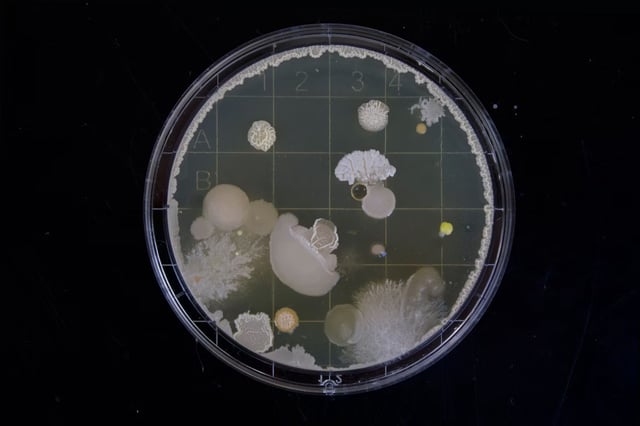Overview
- Peer‑reviewed results in Cell show AI‑designed compounds, DN1 and NG1, killed MRSA and drug‑resistant Neisseria gonorrhoeae in lab assays and cleared infections in mouse models.
- Researchers computationally explored tens of millions of molecules, narrowing to synthesizable candidates while filtering out designs resembling existing antibiotics or predicted to be toxic.
- For MRSA, more than 29 million structures were screened and DN1 emerged as the lead; for gonorrhoea, only two of the top 80 AI designs could be synthesized and NG1 proved active.
- The nonprofit Phare Bio is conducting medicinal chemistry to optimize both leads, with refinement and safety work expected before any human testing can begin.
- Scientists caution that complex synthesis, manufacturing hurdles, stewardship needs, and weak commercial incentives will require coordinated investment despite the public‑health urgency of rising resistance.

